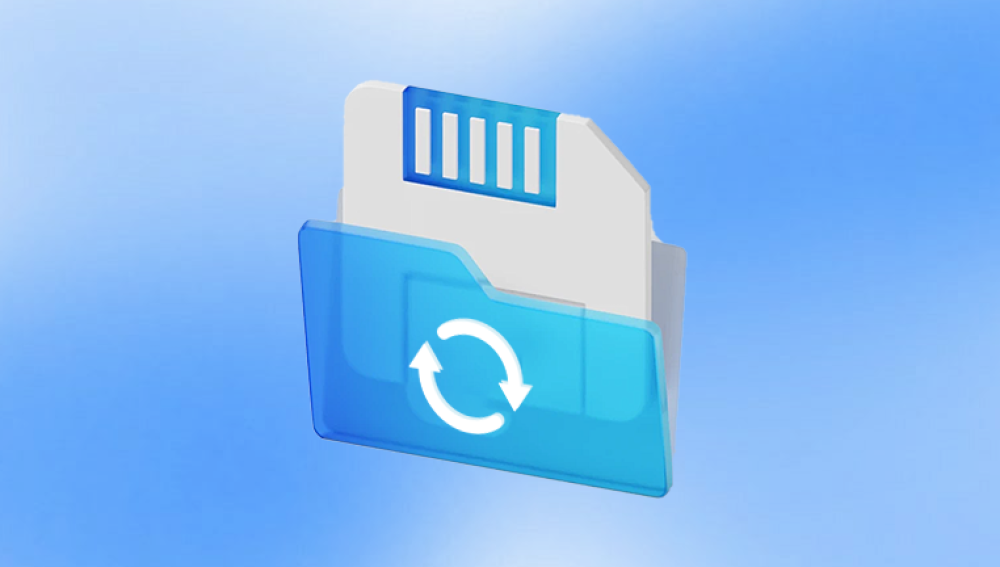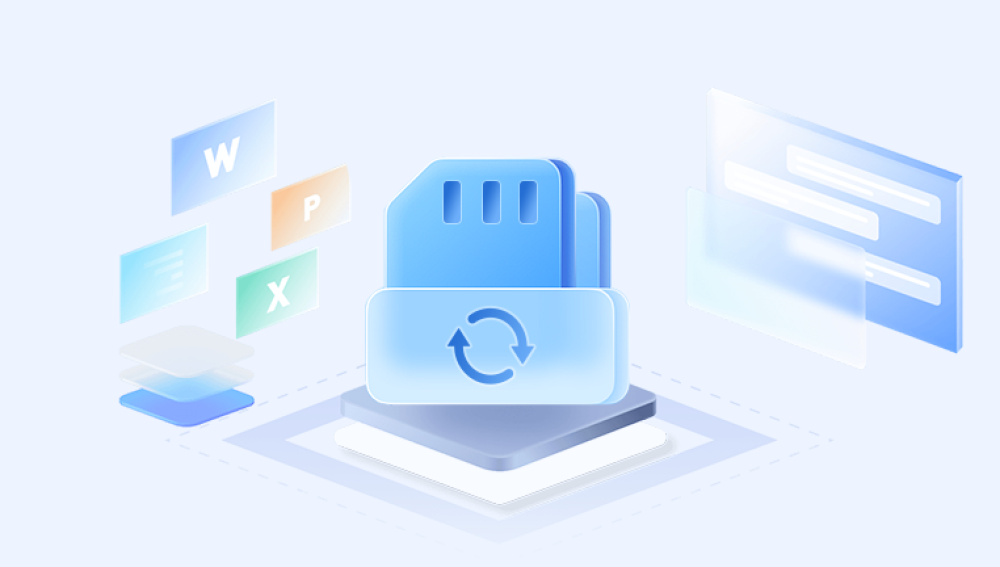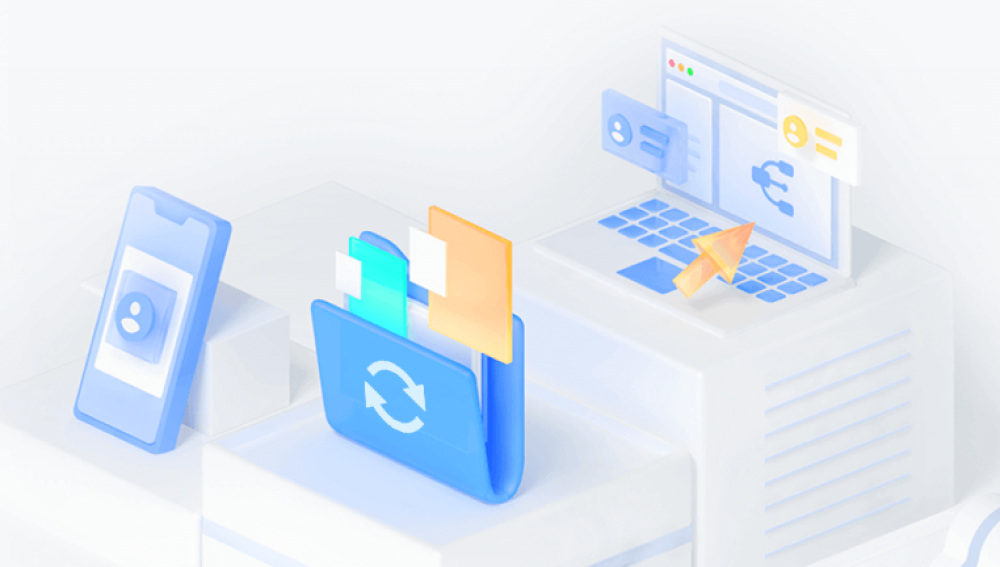Whether you’re a traveler, a content creator, or simply someone who enjoys capturing life’s little moments, photos represent memories, milestones, and often irreplaceable records. Most of these images are stored on SD cards due to their portability, storage capacity, and compatibility with everything from DSLR cameras and drones to smartphones and game consoles.
Chapter 1: How SD Card Data Works
Before you start the recovery process, it’s essential to grasp the underlying technology of SD cards and file deletion.
1.1 What Happens When You Delete a Photo?
When a photo is deleted from an SD card, the image file isn’t immediately wiped. Instead, the system marks that space as “free” for future data. Until it's overwritten, the deleted image remains on the card, invisible to standard file browsers.

This gives you a window of opportunity to recover your photos using specialized recovery software.
1.2 Why You Should Stop Using the SD Card Immediately
As soon as you realize photos are missing or deleted:
Stop using the SD card.
Avoid taking more pictures or adding files.
Each new file you save increases the likelihood that your deleted data will be overwritten and lost forever.
Chapter 2: Common Reasons Photos Are Deleted from SD Cards
Understanding the cause of deletion helps you plan the best recovery approach.
2.1 Accidental Deletion
This includes manually deleting photos on a camera or Mac without realizing what you’ve done.
2.2 Formatting Errors
Accidentally formatting the card while trying to fix an error is common.
2.3 File System Corruption
Corruption may occur from improper ejection, virus infections, or interrupted transfers.
2.4 Incompatible Use
Switching SD cards between different devices without formatting properly can lead to corruption.
Chapter 3: What You Need to Begin Recovery on Mac
Before recovering your SD card, gather the following:
A Mac with at least macOS High Sierra or later.
A card reader (if your Mac lacks an SD card slot).
The SD card from which you want to recover photos.
Free SD card recovery software for Mac.
Chapter 4: Top Free Photo Recovery Software for Mac
Drecov Data Recovery
Losing treasured photos from an SD card can feel devastating but with Drecov Data Recovery, recovering your deleted pictures is easy, fast, and completely free. Whether you’ve accidentally deleted photos, formatted your SD card, or encountered data corruption, Drecov Data Recovery offers a reliable solution without the need for technical expertise or costly software.
Designed with simplicity and effectiveness in mind, Drecov Data Recovery supports all major photo formats including JPEG, PNG, BMP, GIF, and even RAW image files from DSLR and mirrorless cameras. It’s compatible with SD, SDHC, and SDXC cards used in digital cameras, smartphones, drones, and more.
The intuitive interface allows users to scan their SD card in just a few clicks. Once the scan is complete, you can preview recoverable photos before saving them, ensuring you restore only what you need. Best of all, the recovery process is non-destructive your existing files remain untouched.
Chapter 5: Step-by-Step Recovery Tutorial (Example Using Drecov Data Recovery)
Here’s a sample walkthrough using Drecov Data Recovery, the most powerful free recovery tool for Mac.
Step 1: Download Drecov Data Recovery
Go to https://recovery.pandaoffice.com and download the macOS version. Extract the archive and locate the Drecov Data Recovery binary.
Step 2: Launch Terminal and Run Drecov Data Recovery
Open Terminal.
Navigate to the folder where Drecov Data Recovery is located.
Type sudo ./Drecov Data Recovery and press Enter.
Step 3: Select Your SD Card
Use arrow keys to highlight your SD card.
Press Enter to proceed.
Step 4: Choose Partition and File Type
Choose the partition that contains your files.
Select “Other” if you're not using ext2/ext3 (which you aren’t on Mac).
Navigate to “File Opt” and select file types (e.g., JPEG).
Step 5: Choose Recovery Location
Always select a different location (not your SD card) to save recovered files.
Step 6: Begin Recovery
Press “Y” to start scanning.
Wait while Drecov Data Recovery recovers your photos.
Chapter 6: Tips for Better Recovery Results
To increase your success rate when using free software on a Mac, follow these best practices:
6.1 Avoid Overwriting Data
Never install recovery software on the SD card you’re trying to restore.
6.2 Use Deep Scan Mode
If a quick scan doesn’t yield results, use the deep scan feature (if available).
6.3 Recover to an External Drive
To protect your Mac's system integrity and avoid conflicts, recover files to an external disk.
6.4 Try Multiple Tools
Different recovery tools have varying scan algorithms. If one tool fails, try another.
Chapter 7: Recovering RAW and Other Non-JPEG Formats
Photographers who shoot in RAW will need tools that support formats like:
.CR2 / .CR3 (Canon)
.NEF (Nikon)
.ARW (Sony)
.ORF (Olympus)
.RW2 (Panasonic)
Chapter 8: Repairing Corrupt or Unreadable SD Cards
If your SD card isn’t mounting on macOS:
8.1 Use Disk Utility
Open Disk Utility.
Select the SD card.
Click First Aid to attempt repair.
8.2 Use Terminal to Mount Manually
bash
CopyEdit
diskutil list diskutil mountDisk /dev/diskX
Replace diskX with your SD card’s identifier.
8.3 Use TestDisk to Rebuild Partitions
Sometimes partition corruption can be fixed, allowing file systems to become readable again.
Chapter 9: When Free Tools Aren’t Enough
If free tools don’t recover the files you need:
Consider purchasing advanced versions of Disk Drill or Stellar.
Seek professional recovery services if the card is physically damaged.
Services like DriveSavers or Ontrack offer mail-in recovery labs—but they can be expensive.
Chapter 10: How to Prevent Future Photo Loss on SD Cards
10.1 Back Up Regularly
Use iCloud, Google Photos, or an external drive to back up your photos.
10.2 Use High-Quality SD Cards
Brands like SanDisk, Lexar, and Samsung are less prone to corruption.
10.3 Format Properly
Always format the SD card in the device you use it in—not on your computer.
10.4 Avoid Full Capacity Use
Leave 5–10% free space on the card to avoid corruption.
10.5 Eject Safely
Always eject the SD card using Finder or Disk Utility before removal.




